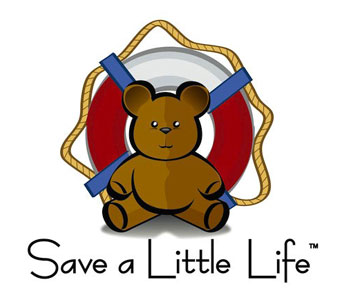DE-CHOKING DEVICES – FRIEND OR FOE?
Children’s hospital staff warns parents about anti-choking devices
No substitute for critical CPR training
BOISE
The experts at St. Luke’s Children’s Hospital have a warning for parents of young children after learning some families are relying on anti-choking devices instead of taking critical CPR training.
Several versions of the hand-held anti-choking devices are sold online and often marketed on various social media platforms. They claim to clear a person’s airways by using air pressure to suck out the item stuck inside a person’s throat while they are choking.
St. Luke’s Children’s providers say they’re hearing more and more that these devices are becoming a popular baby shower gift even though the products say they should not be used on children under 12 months or 22 pounds. They worry parents may feel a false sense of security with these devices and skip learning how to do the Heimlich maneuver and other life-saving CPR techniques.
The safety of the anti-choking devices is also a concern for medical providers. They say there have been no human clinical peer-reviewed trials or studies on anyone alive, only cadavers. Also, providers say the toddler version of one device has a tube inside the mask intended to enter the mouth and reach the back of the throat, which could cause damage. Another device could potentially push the item further down the throat rather than pull it out, if not used properly.
While choking is dangerous for children, it’s not the leading cause of death in kids as the products claim.
The CDC says for babies under 12 months old, SIDS or suffocation is the leading cause of death, for kids 1-4 years old, it’s drowning, and for those over five it’s motor vehicle accidents.
“Nothing can replace essential CPR Training, which is a key skill parents, grandparents and caregivers should have,” said Dr. Allison Gauthier, St. Luke’s Children’s Pediatric Emergency Department Director. “The Heimlich maneuver is the best way to save someone who is choking. It can be done without a device, just someone’s hands. Research shows it works about three-quarters of the time.”
The original article can be viewed online here.



